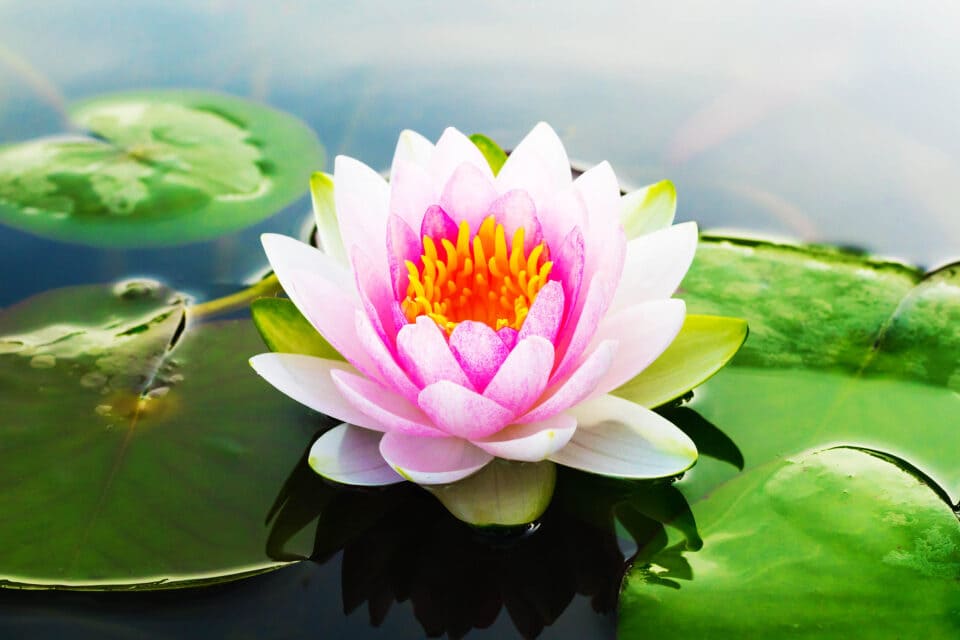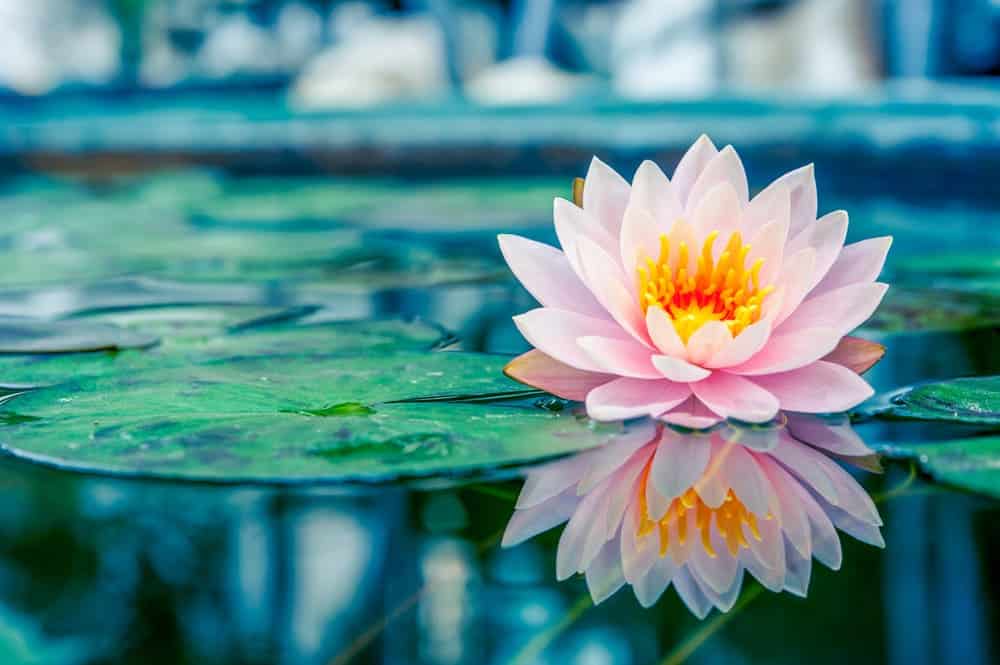Introduction
Pentas flowers, also known as Egyptian stars, are revered for their vibrant blooms and versatility in gardens. In this article, we delve deep into the world of pentas flowers, uncovering their enchanting characteristics, care requirements, and intriguing facts that make them a favorite among garden enthusiasts.
Pentas Flowers: An Introduction
Pentas flowers, scientifically known as Pentas lanceolata, belong to the Rubiaceae family. Originating from Africa, these perennial plants have gained popularity worldwide for their attractive star-shaped flowers and ability to attract butterflies and hummingbirds.
The Origins of Pentas Flowers
Pentas flowers trace their roots to the tropical regions of Africa, where they thrive in warm climates and well-drained soil. With over 30 species, these colorful blooms come in various shades, including red, pink, white, and lavender.
Understanding the Varieties
Pentas flowers offer a wide range of varieties, each boasting unique characteristics and colors. Let’s explore some popular types:
1. Pentas lanceolata ‘Graffiti’
The ‘Graffiti’ variety of pentas flowers features compact growth and blooms in vibrant shades of red, pink, and purple. Ideal for borders and containers, this variety adds a pop of color to any garden.
2. Pentas lanceolata ‘Butterfly Deep Pink’
With its deep pink blooms and bushy growth habit, the ‘Butterfly Deep Pink’ pentas is a favorite among pollinators. This variety attracts butterflies and bees, making it a valuable addition to butterfly gardens.
Cultivating Pentas Flowers
Growing pentas flowers is relatively easy, making them suitable for both novice and experienced gardeners. Here are some essential tips for cultivating pentas:
1. Sunlight: Pentas flowers thrive in full sun to partial shade, so ensure they receive adequate sunlight for healthy growth and abundant blooms.
2. Watering: Maintain moderate soil moisture by watering pentas flowers regularly, especially during dry spells. However, avoid overwatering to prevent root rot.
Pentas Flowers: Care and Maintenance
To keep your pentas flowers thriving and blooming throughout the season, follow these care tips:
1. Pruning: Deadhead spent flowers regularly to encourage continuous blooming and maintain the plant’s appearance.
2. Fertilization: Feed pentas flowers with a balanced fertilizer during the growing season to promote vigorous growth and vibrant blooms.
Fascinating Facts About Pentas Flowers
Delve into the intriguing world of pentas flowers with these fascinating facts:
1. Butterfly Magnet: Pentas flowers are renowned for their ability to attract butterflies, making them a popular choice for butterfly gardens and pollinator-friendly landscapes.
2. Medicinal Uses: In traditional African medicine, pentas flowers were used to treat various ailments, including headaches and skin infections.
FAQs (Frequently Asked Questions)
How often should I water pentas flowers?
Pentas flowers should be watered regularly, especially during dry periods. Ensure the soil remains consistently moist but not waterlogged.
What pests and diseases affect pentas flowers?
Common pests that may affect pentas flowers include aphids, spider mites, and whiteflies. Additionally, they may be susceptible to fungal diseases such as powdery mildew and root rot.
Can I grow pentas flowers indoors?
While pentas flowers thrive in outdoor settings with ample sunlight, you can grow them indoors in bright, sunny locations. Ensure proper ventilation to prevent fungal issues.
How tall do pentas flowers grow?
Pentas flowers typically grow to a height of 12 to 18 inches, depending on the variety and growing conditions.
Do pentas flowers require special soil?
Pentas flowers prefer well-drained soil with a slightly acidic to neutral pH. Adding organic matter can improve soil fertility and drainage.
Are pentas flowers deer-resistant?
Yes, pentas flowers are deer-resistant due to their strong fragrance and bitter taste, making them less appealing to deer and other wildlife.
Conclusion
In conclusion, pentas flowers captivate with their vibrant blooms, attracting pollinators and adding beauty to gardens. By understanding their varieties, care requirements, and fascinating facts, you can enjoy the splendor of pentas flowers in your outdoor spaces.





